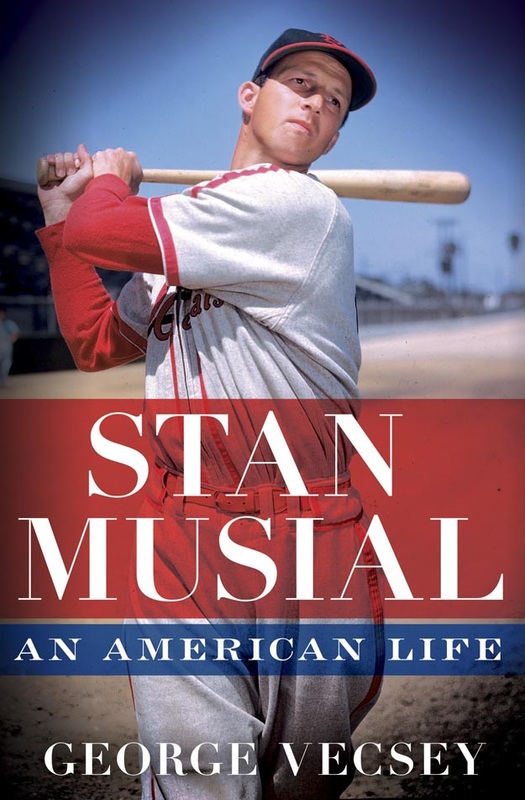|
Yogi Berra and Stan Musial go way back. They could even have been teammates except that the Cardinals offered more bonus money to Joe Garagiola than to Yogi, which is how history was made, or altered.
Yogi met Carmen at Stan & Biggie’s restaurant – he was wearing golf spikes. On Tuesday at the Yogi Berra Museum and Learning Center in Montclair, N.J., I will be talking about my biography, Stan Musial: An American Life -- about this great and perhaps under-rated Hall of Famer. http://www.georgevecsey.com/books-by-george-vecsey.html This is a paid luncheon event at noon, with a copy of the book included in the admission. For information please check the museum web site or call: 973-655-2378. http://www.yogiberramuseum.org/events.php Stan and Yogi were both seen as good-luck charms by their teammates. I’ll get into that, too. Hope to see you there. GV
Karl Scheibe
6/5/2012 10:32:53 am
I have just completed your STAN MUSIAL: AN AMERICAN LIFE. You and I are about the same age, but I was born in Illinois. (I am a recently retired Professor of Psychology at Wesleyan University.) And like you, I am a lifelong Stan Musial fan. I remember driving through Donora, Pennslyvania on my way to college in Connecticut from Illinois. I remember the first major league ballgame--in Wrigley Field. The year was, I believe, 1950. My hero hit an inside-the-park home run. -- I think your book totally admirable. You show Musial as a brilliant ballplayer, a throughly decent man, and in many ways an ordinary person. Yes, he is, perhaps, underrated--especially in relation to DiMaggio and Williams. And certainly he is much more of a conventional guy. But I never lamented his reputation score. He was just thoroughly admirable--with flaws, to be sure. Maybe he did threaten to kick some kid in the shins one day--but he must have signed a million autographs for others. -- I thought your final chapter--where you meet the Man and touch his small, soft hands, was beautiful. Certainly you had to reach to find the material you needed for this book--for he doesn't have the pizzaz of some of his contemporaries. But you have done your job with delicacy and good taste. -- My commendations. 8/20/2012 10:33:08 pm
Stan and Yogi were both seen as good-luck charms by their teammates. I’ll get into that, too. Comments are closed.
|
Categories
All
|










